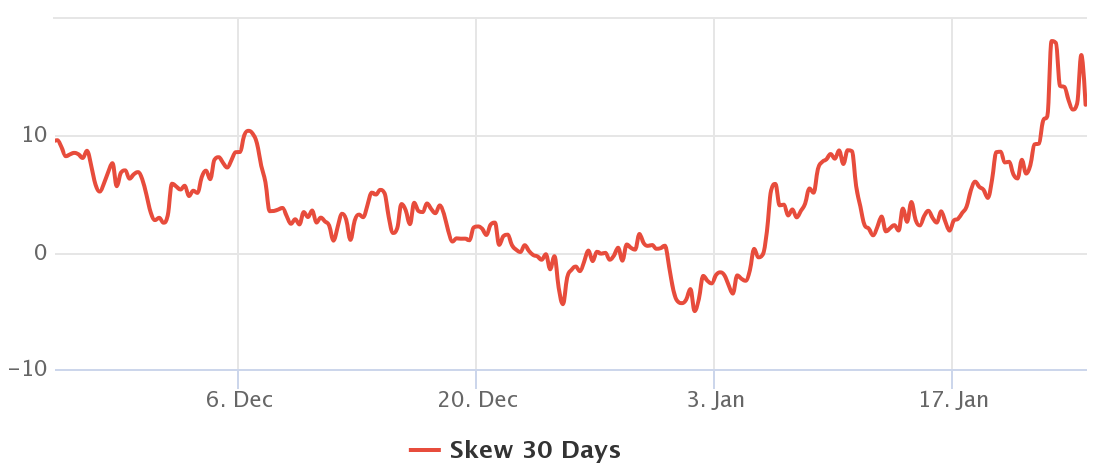Analysts love to issue price predictions and it seems that 9 out of 10 times they are wrong. For example, how many times did analysts say “we will never see Bitcoin back at X price again,” only to see it plunge well below that level a few months later?
It doesn’t matter how experienced a person is or how connected in the industry. Bitcoin’s (BTC) 55% volatility must be taken seriously and the impact this has on altcoins is usually stronger during capitulation-like movements.
I was undeniably wrong about how much crypto could fall from macro contagion.
I remain bullish on the space as a whole and think it is the most important mega-trend of our times.
I joined CT during 2018 and I will be here with you guys in the coming yrs, bull or bear.
— Zhu Su (@zhusu) January 24, 2022
For those unfamiliar with the case, on Dec. 7, Zhu Su’s Three Arrows Capital acquired $676.4 million worth of Ether (ETH) after its price collapsed 20% over 48 hours. Zhu went as far as saying that he would continue to buy “any panic dump”, despite acknowledging that Ethereum fees were unsuitable for most users.
To understand whether there is still an appetite for bearish bets and how pro traders are positioned, let’s take a look at Bitcoin’s futures and options market data.
Futures traders are unwilling to short
The basis indicator measures the difference between longer-term futures contracts and the current spot market levels. A 5% to 15% annualized premium is expected in healthy markets and this price gap is caused by sellers demanding more money to withhold settlement longer.
On the other hand, a red alert emerges whenever this indicator fades or turns negative, a scenario known as “backwardation.”
Notice how the indicator held the 5% threshold despite the 52% price correction in 75 days. Had pro traders effectively entered bearish positions, the basis rate would have flipped closer to zero or even negative. Thus, data shows a lack of appetite for short positions during this current corrective phase.
Options traders are still in the “fear” zone
To exclude externalities specific to the futures instrument, traders should also analyze the options markets. The 25% delta skew compares similar call (buy) and put (sell) options. The metric will turn positive when fear is prevalent because the protective put options premium is higher than similar risk call options.
The opposite holds when greed is prevalent, causing the 25% delta skew indicator to shift to the negative area.

The 25% skew indicator flipped to the “fear” area as it moved above 10% on Jan. 21. That 17% peak level was last seen in early July 2021, and curiously Bitcoin was trading at $34,000 back then.
This indicator might be interpreted as bearish when also considering that arbitrage desks and market makers are overcharging for downside protection. Still, this metric is backward-looking and usually predicts market bottoms. For example, just two weeks after the skew indicator peaked at 17% on July 5, Bitcoin price bottomed at $29,300.
Correlation with traditional markets is not so relevant
It is worth noting that Bitcoin has been on a downtrend for the past 75 days, and this is before the Federal Reserve’s tightening discourse on Dec. 15. Moreover, the increased correlation with traditional markets does not explain why the S&P 500 index peaked on Jan. 4, while Bitcoin was already down 33% from the $69,000 all-time high.
Considering the lack of bears’ appetite to short BTC below $40,000 and options traders finally capitulating, Bitcoin shows little room for the downside.
Furthermore, Bitcoin futures liquidation over the past week totalled $2.35 billion, which significantly reduced buyers’ leverage. Of course, there are no guarantees that $32,930 was the final bottom, but short sellers will likely wait for a bounce before entering bearish positions.
The views and opinions expressed here are solely those of the author and do not necessarily reflect the views of Cointelegraph. Every investment and trading move involves risk. You should conduct your own research when making a decision.
